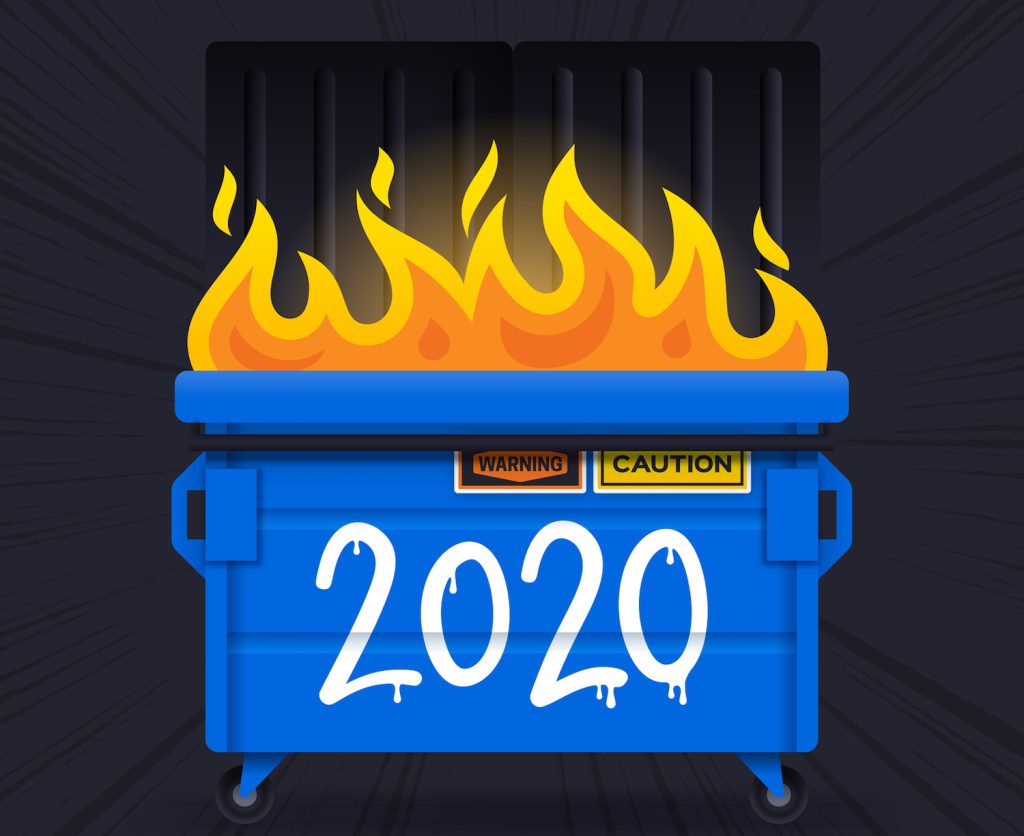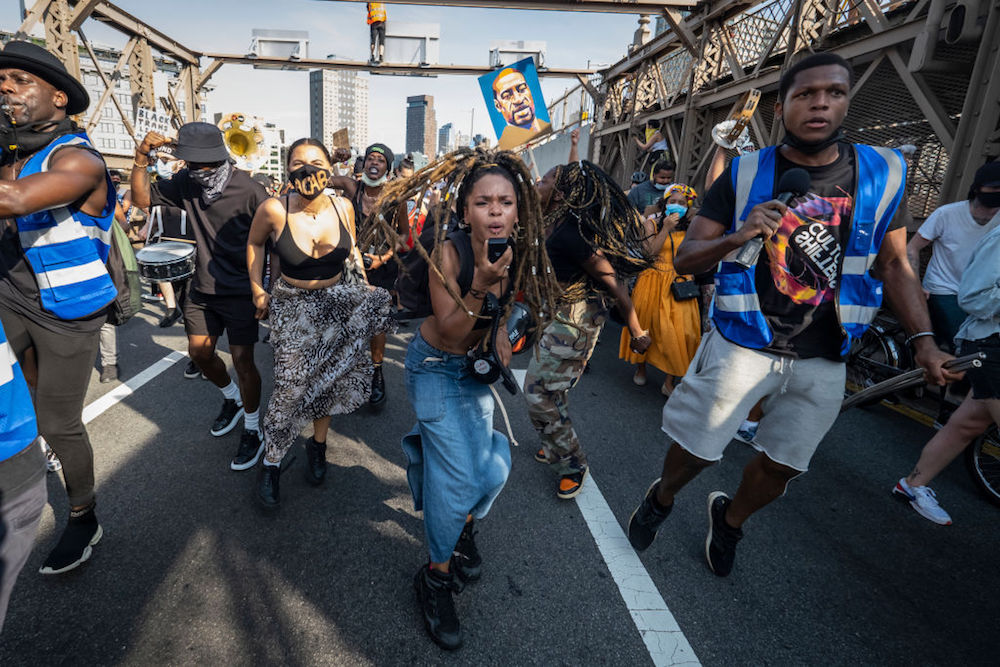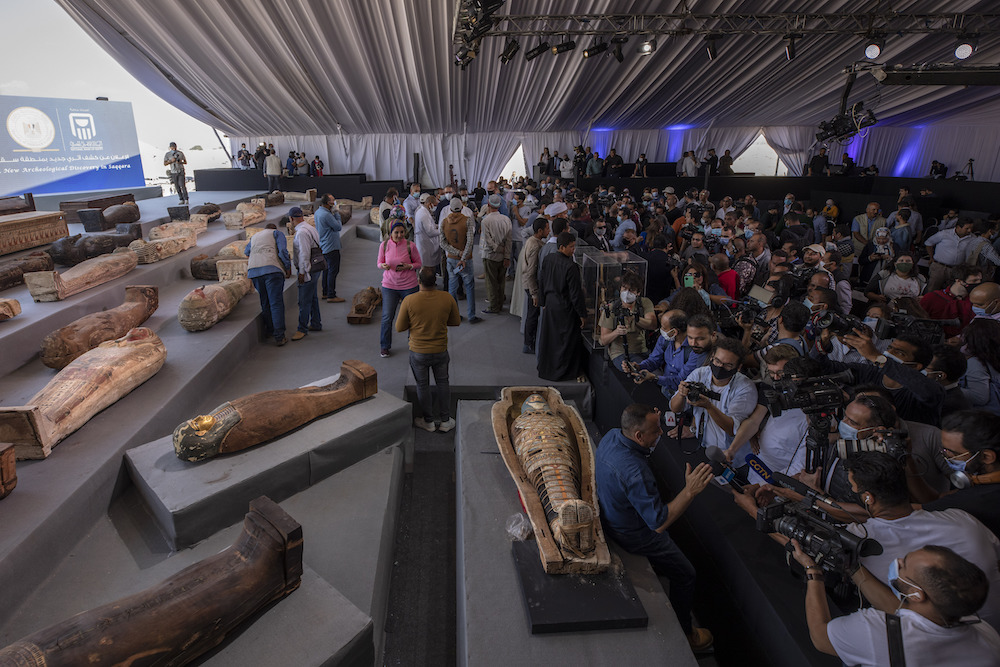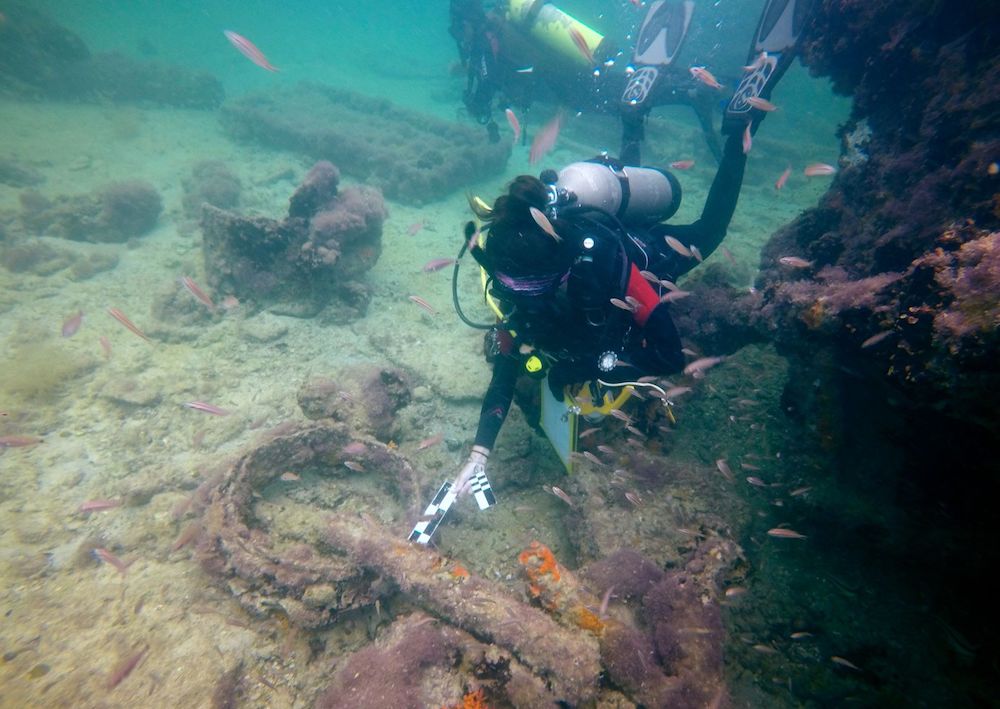Crisis and Opportunity—A Look at 2020

The Coronavirus Pandemic
2020 will be remembered as the year that COVID-19 swept the globe. This highly contagious virus moves from person to person, so its spread depends on human behavior. When and why we gather, and how often we wash our hands or wear masks can all make a difference. Social scientists have created virtual networks to apply their knowledge of human behavior to aid public health efforts.
The virus has clearly affected some groups more than others; tracking these outcomes has illuminated disparities in suffering. Anthropologists have helped untangle how racism—not race—is a factor in the severity of COVID-19. They have also thrown a spotlight on how the pandemic has impacted older people, Indigenous peoples, migrants, refugees, undocumented essential workers, and pregnant women. Anthropologists are asking tough questions about whether the current attention given to inequality will prompt corrective action and whether this global challenge will help bind or further divide humanity.
Anthropologists are also well-placed to study the myriad social side effects of pandemic suppression policies, such as feelings of isolation and attempts to forge deeper online connections. Human behaviors have undergone a major shift this year, and ethnographers are on the front lines of describing and analyzing those changes: the desire to make music or bake bread in lockdown, how people turn to the magical (or develop false beliefs) to make sense of a chaotic world, the changing nature of sex work and dating, and the reawakening of spiritual understandings in a new, more distanced world.
SAPIENS alone published dozens of pieces relating to the many medical and social impacts of the pandemic as anthropologists put their ideas to work.
Black Lives Matter Movement Gains Momentum
In May, police officers’ appalling killing of George Floyd, an African American man in Minneapolis, sent shockwaves through the world at large. Subsequent protests kindled urgent discussions of the long-standing problems of police violence and racism in the United States and elsewhere.
Anthropologists in Brazil, the country with the largest Afro-descendant population outside of Nigeria, have been examining horrific levels of police violence against Black men for decades, along with calls to defund police forces and redirect money into social support services. Other anthropologists have focused on police violence in the United States (including a significant book about police torture; see Bookshelf below) and shone a light on how the pandemic interacts with these incidents. Poetry provides another means for anthropologists to respond to anti-Black violence, as various cultures grapple with the legacy of European colonialism, slavery, and persistent white supremacy.
Diversifying Anthropology
In the midst of Black Lives Matter protests, 2020 became a moment of reckoning for the field of anthropology—a discipline whose academic roots problematically lie in White colonial-era researchers pursuing false ideas of a biologically determined racial hierarchy.
While those pseudoscientific notions have largely faded, biases still remain. Anthropology and archaeology remain fields predominantly comprised of White people, with consequences for what is studied and what questions are asked. Organizations such as the Association of Black Anthropologists, Society of Black Archaeologists, and Society for Cultural Anthropology, among others, are working to make changes. Meanwhile, scholars are debating how to make anthropology more self-critical or whether practitioners should “let it burn” and start the discipline anew.
SAPIENS magazine took the opportunity to reassess our policy on the styling of racial terms, opting to begin capitalizing Black, White, and Brown; to build new partnerships; and to reaffirm our commitment to inviting marginalized voices to the center of conversations.
Climate Change Rages On
In January, it looked like 2020’s defining feature was set to be the climate. As Australia burned in the wake of dramatic droughts, activists looked toward the 50th anniversary of Earth Day in April as a chance to flag the planet’s plight. Then the pandemic arrived and overshadowed these plans.
Nonetheless, climate change continued to be one of the most pressing issues of the year as temperatures hit record highs, storms raged, and fires came to the western U.S. Anthropologists continued to work hard to put the climate challenge into perspective, examine which cultures have proven most resilient to environmental challenges and disasters in the past, and highlight how some—including Indigenous groups—are leading the charge for climate action.
Many people found a silver lining in the early days of the pandemic by noticing a decline in carbon emissions and demand for fossil fuels. But as previous health crises on Earth have shown, outbreaks aren’t exactly good for the environment; disaster capitalism leads many people to exploit such times for profit at the expense of the planet. The collapse of ecotourism, too, may have perilous impacts on vulnerable economies and ecosystems.
Mummies Unveiled
From September through November, archaeologists discovered a cache of more than 100 wooden sarcophagi in Saqqara, the UNESCO World Heritage Site hosting the burial grounds for Egypt’s ancient political center of Memphis. Officials publicized the finds dramatically with a live unsealing of a sarcophagus to reveal the 2,600-year-old mummy inside: an event that prompted many jokes about the wisdom of cracking open a coffin in what many have called a cursed year. Plenty of mummies have been found at Saqqara before, including 8 million mummified animals and dozens of people, but the 2020 discovery was notable for the sheer number of well-preserved sarcophagi.
Researchers can use such finds to learn more about the business of funerary practices—and even what people of the day sounded like. In January, for instance, researchers published their work taking a 3D scan of an Egyptian mummy’s vocal tract, printing a replica, and pushing air through it to make it “speak” a single sound.
Surprises From Stonehenge
Stonehenge—one of the most dramatic and famous archaeological sites in Britain—offered up some surprises this year.
In June, researchers announced the discovery of an immense ring of 20 shafts surrounding the Neolithic settlement of Durrington Walls, just northeast of the famous stone circle and within the Stonehenge World Heritage Site. The circle is 2 kilometers wide and 4,500 years old, with each hole measuring more than 10 meters in diameter and 5 meters deep. The researchers think the circle may have been some kind of barrier to protect the sacred region inside. The discovery is part of the Stonehenge Hidden Landscape Project, which is using remote sensing to map out the sections between famous landmarks in the World Heritage Site.
Meanwhile, other researchers have printed out a 3D model of Stonehenge itself to investigate its acoustic properties. Their work shows that sound would have been amplified inside the henge but muted to people standing outside it.
Rewriting Disease Histories
Bioarchaeology has helped extend our understanding of when, where, and how various viruses and human defenses against them have evolved—including the new SARS-CoV-2 virus that has been sweeping the globe. Researchers have found that certain portions of the genome inherited from Neanderthals seem to make some people particularly susceptible to severe COVID-19 illness, for example.
Researchers have also shone a light on the origins of smallpox and measles. In July, researchers found traces of variola virus—which causes smallpox—in Viking-era remains from around 1,200 years ago; genetic differences between the viral fragments found from that time show the virus in human populations goes back at least 1,700 years. That conclusion pushes the earliest definitive detection of the virus back 1,000 years. (Historical records hint that the virus might have impacted humans more than 3,000 years ago and could have killed Egyptian Pharaoh Ramses V.)
The genetics of measles and the related cattle rinderpest virus, meanwhile, hints that measles may also go back 3,000 years. Understanding the deep roots of humanity’s interactions with viruses helps inform our present struggles with disease.
Maya Slave Ship Identified
Mexico’s National Institute of Anthropology and History identified a shipwreck off the coast of Mexico as having been a steamer that Spanish traders used to illegally transport enslaved Maya during the mid-1800s. The find speaks to a dark period of Mexico’s history.
After Mexico achieved independence from Spain in 1821, some White and mestizo Mexicans continued to exploit Indigenous populations, provoking the Maya of the Yucatán to revolt starting in 1847. Some Maya were later captured and enslaved, and put to work on sugar cane plantations in Cuba. The recently identified ship, La Unión, owned by a Spanish trading company, transported about 25 to 30 Maya to Cuba every month from about 1855 to 1861.
Maritime archaeologists have been documenting slave ships around the world. Most are from the abhorrent transatlantic slave trade. The Mexican find—the first Maya slave ship found—serves as a potent reminder of the abuse and displacement of Indigenous peoples by Europeans and those of European descent starting in the 15th century.
Carbon Dating Reboot
The key tool used for determining the age of ancient organic material—from bones to cloth to seashells—got a reboot this year. Radiocarbon dating works on the basic principle that living creatures absorb a certain amount of radioactive carbon-14 from the natural environment. When they die, that absorption stops, and the radioactive material starts to decay. So, by looking at how much carbon-14 is left, archaeologists can tell how old something is.
But there are a lot of wobbles in carbon-14 in the natural environment, thanks to everything from fluctuations in the Earth’s magnetic field to seasonal changes in the atmosphere. As science advances, researchers tweak the details of how they match up radiocarbon years to calendar years. Such a recalibration happened in 2020 for the first time in seven years.
The latest update will help revise or clarify calendar ages of varied items and events, including Siberia’s oldest modern human fossils and an infamous volcanic eruption on the Greek island of Santorini.
Tumultuous Politics
This year brought intense scrutiny of U.S. political leadership in the wake of bungled pandemic responses, increasing violence, continuing struggles for the LGBTQ community, and a divisive presidential election. Some pundits framed the U.S. election as a test of right-wing populism, a rising breed of politics that embraces an “us-versus-them” mentality at the expense of immigrants and those deemed to be “other.”
Populist leaders rule in Hungary, Brazil, and the Philippines, and make up strong parts of the opposition in Germany, Italy, and France. The U.K.’s departure from the European Union, cemented in January, joined the isolationist trend. Although incumbent populist U.S. President Donald Trump lost the election in November, the margins remain so narrow in key states that the movement has hardly been squashed.
The world is grappling with new ways to achieve social and environmental justice, fair political engagement, and more humanitarian notions of citizenship and belonging. The tail end of 2019 saw political protests erupt in Lebanon, Ecuador, Colombia, India, and elsewhere, many of which have continued into 2020. This October, Chileans voted to scrap their dictatorship-era Constitution and create a new one. Peru, a nation hit hard by the pandemic alongside inequality and corruption, had three presidents in the span of one week in November.
Soon after the start of 2020, the Doomsday Clock was set at just 100 seconds to midnight (the closest to “doom” it has ever been) thanks to the twin threats of nuclear war and climate change, compounded by eroding international political infrastructure and the use of communication technologies to misinform the public.
It remains to be seen if humanity will harness these moments of turmoil—along with the global upheaval created by the pandemic—to carve out a better world.




































